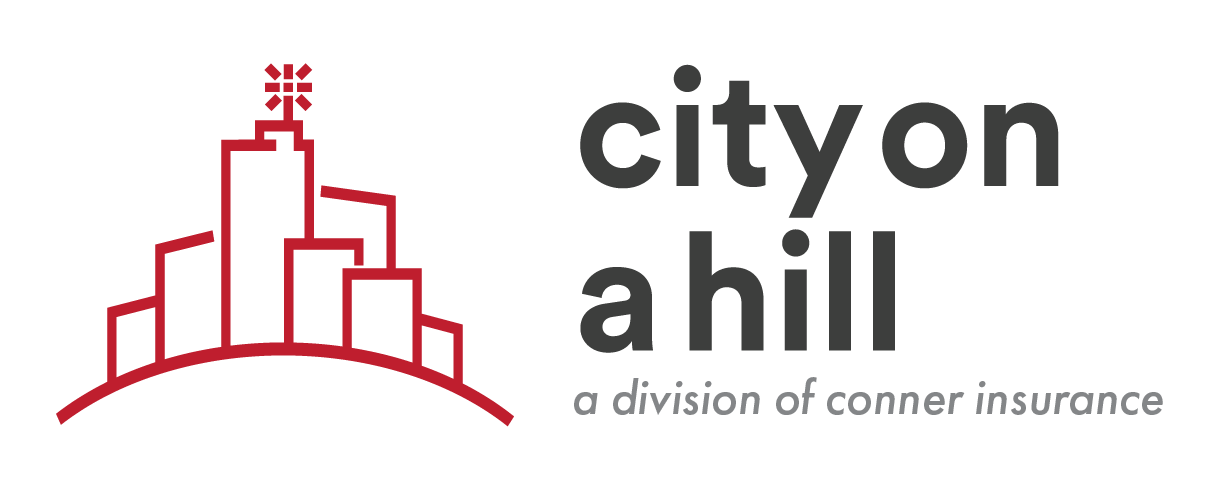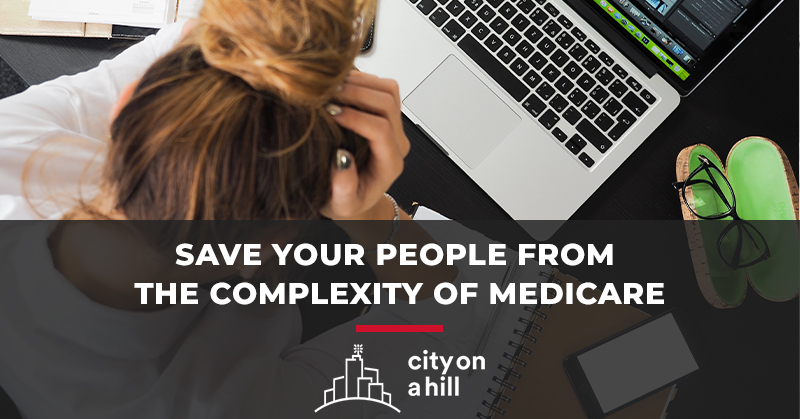Now is not the time to take your foot off the gas for your employee benefits strategy. Your employee benefits are an essential part of your competitive compensation packages and you need to maintain your momentum to reach your goals.
You need to look at your benefits policy in a strategic way, aligning them with your company’s mission, adapting and adjusting as needed to achieve the best program for your staff and school.
To do this an in-depth review of what happened in 2021 should take place, so you can plan for 2022 to focus on 2023, allowing you to offer a competitive plan that stays within budget.
Slowing down can cause you to deviate, which can be hard to recover from
Setting your plan and putting it on the shelf following renewal season may seem like the easy thing to do, but if you wait six or more months before considering your employee benefits again, you could be missing out on opportunities to enhance your plan and unlock cost-savings advantages.
Continuing to move ahead at full speed takes time and dedication, but we can help.
Our process is unique and thorough. We look at your benefits as a Healthcare spectrum. First, we establish goals that are ideal for our clients. Then we begin the education process for what will come next, which are the highest value items to pursue.
The education process occurs in the first two quarters and is used to establish decisions that will come for Q3 and Q4. We bring in the right partners, we talk about the pros and cons of these decisions and we answer all of the questions our clients have.
Don’t settle for less when your employees are in question
If you are not a client of ours, you should expect this quality of care from your advisor. They should be able to provide you with the visibility you need by highlighting key points to consider so you can make the best decisions for your people and company.
These points will vary from business to business, however you need to keep your foot on the pedal in order to produce the most advantageous outcomes.
Sometimes an in-depth look into your plan’s administrator is needed. This can reveal how your staff are navigating the healthcare system. How they are selecting high quality providers and if they are getting their prescription needs met.
New technologies, platforms, communication tools and personalized options are made available everyday. Your administrator should be moving forward towards these tools and opportunities to allow your people to get the most out of their benefits.
Remember to think outside of the silo — there’s a lot going on out there
There are several common missteps when employers are considering their employee benefits plan which are:
- Delaying. Don’t wait too long to begin your benefits strategy, creating an effective benefits plan that supports your people while keeping costs low takes time.
- Not weighing the pros and cons fully. Cost-savings, tax advantages, legal compliance, affordability are just a few aspects of your plan that need to be examined closely.
- Being afraid of change. Executing changes can feel overwhelming, but could be crucial in unlocking an efficient benefits program.
- Shortcutting the education process. Your people need to know how to navigate their benefits. Implementing benefits training and education sessions throughout the year will work towards a fully utilized plan.
- Evaluating benefits decisions in a silo. Your benefits should reflect your holistic business mission. They should adapt with the changing needs of your workforce. If you care about your employees, your benefits program can represent that.
- Not involving the whole leadership team in your benefits strategy. Just like other areas of business, team leaders need to be involved in company and project strategy for success, your benefits should be no different.
Continuing to go the distance with your benefits plan during the course of the year will help you achieve the value you need — an effective program that your people can appreciate, while staying on budget.
To get the most out for your employee benefits plan you need to maintain your momentum and reach your goals. Develop a strategy that evaluates your plan’s effectiveness on a recurring basis.
Now is not the time to take your foot off the gas for your employee benefits strategy. If you need help with this, don’t hesitate to reach out.












